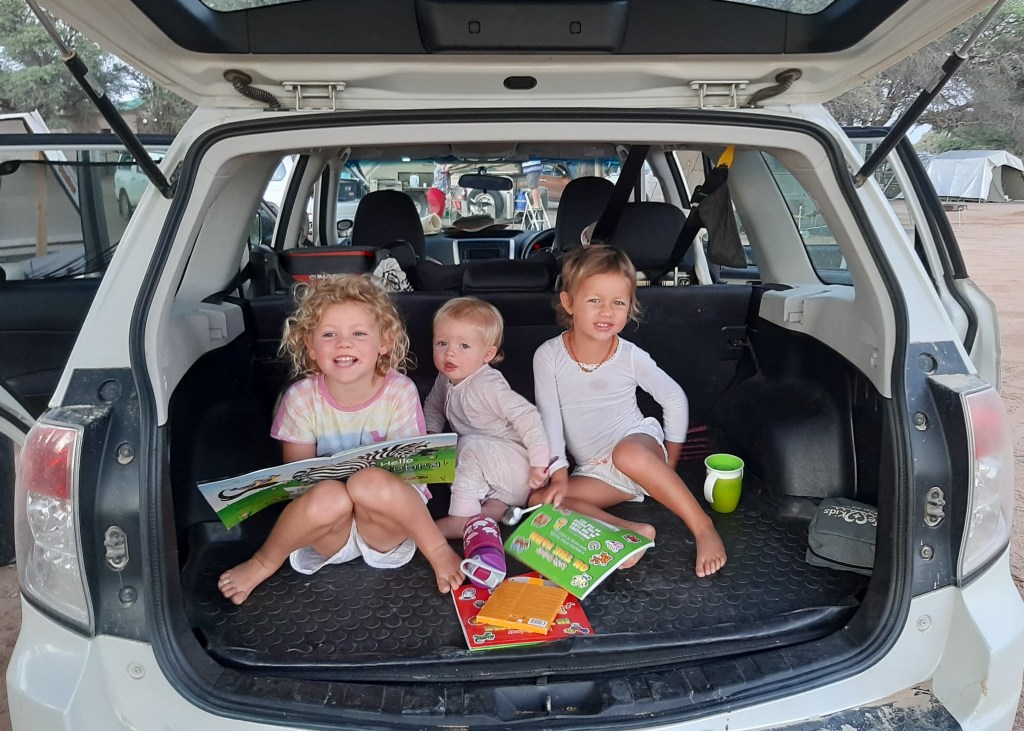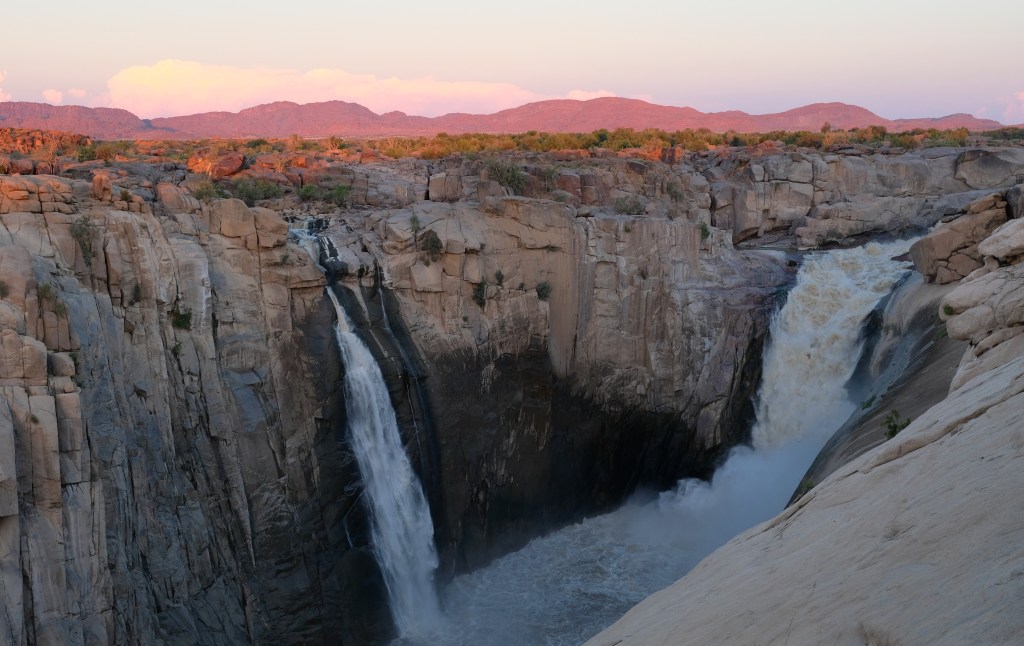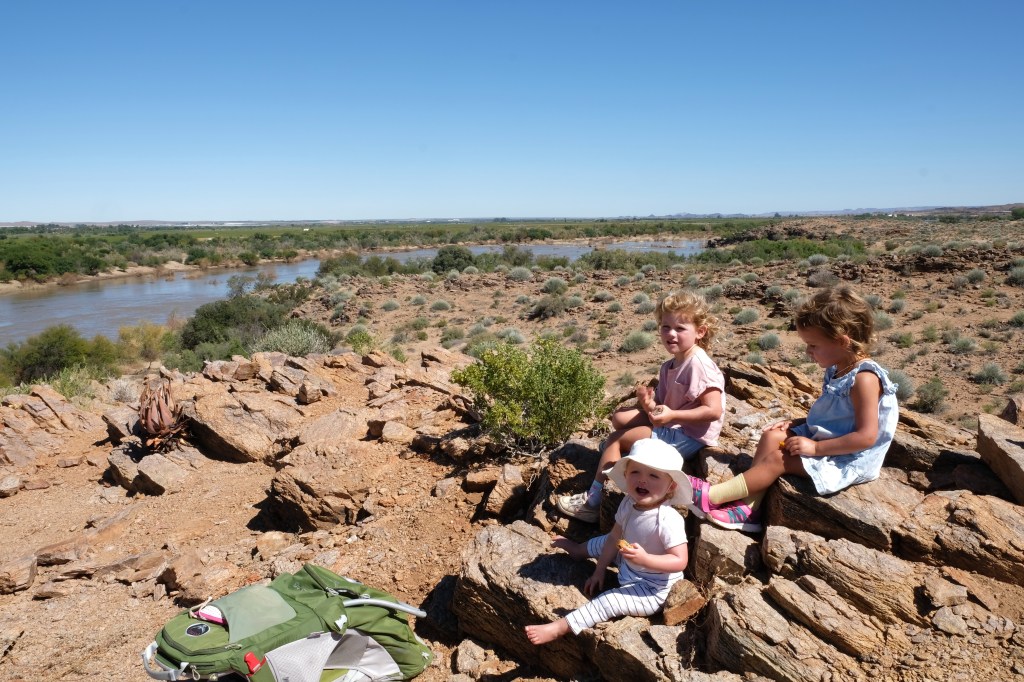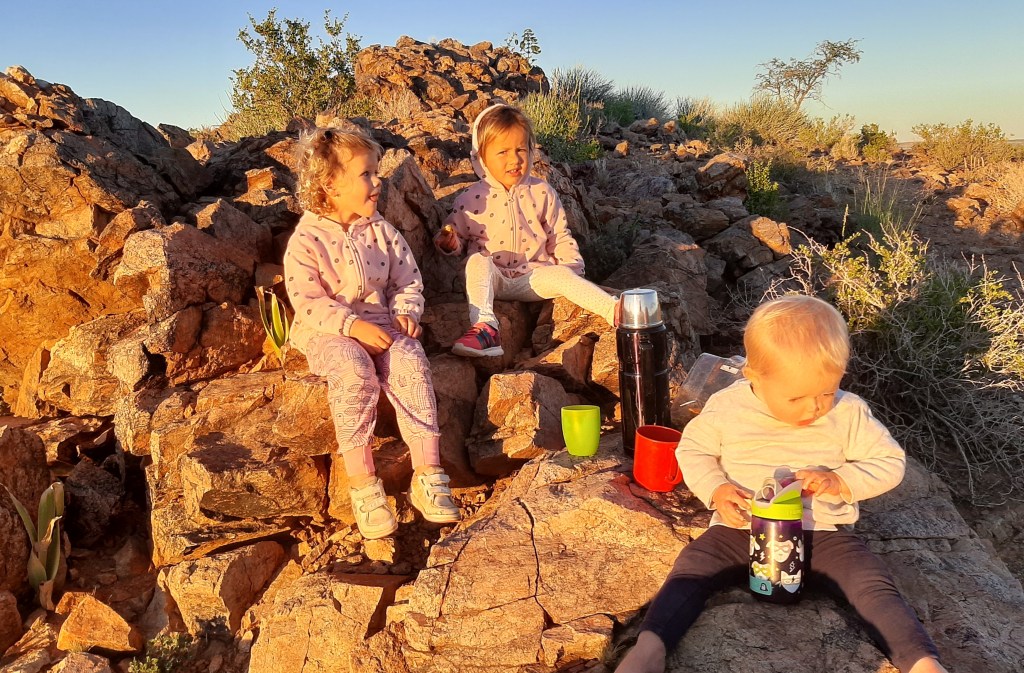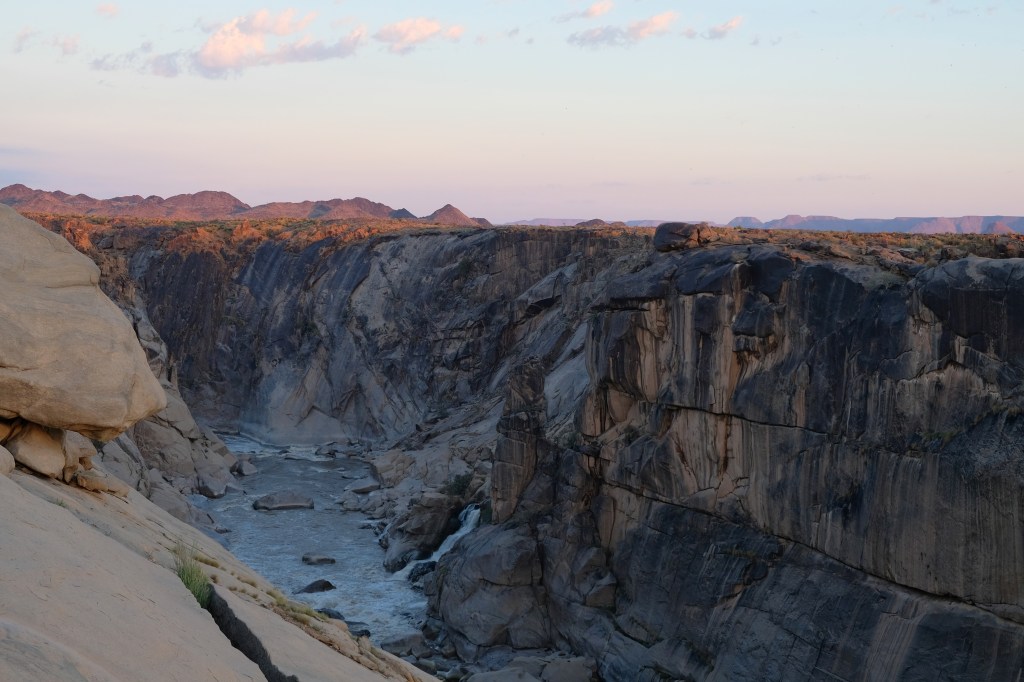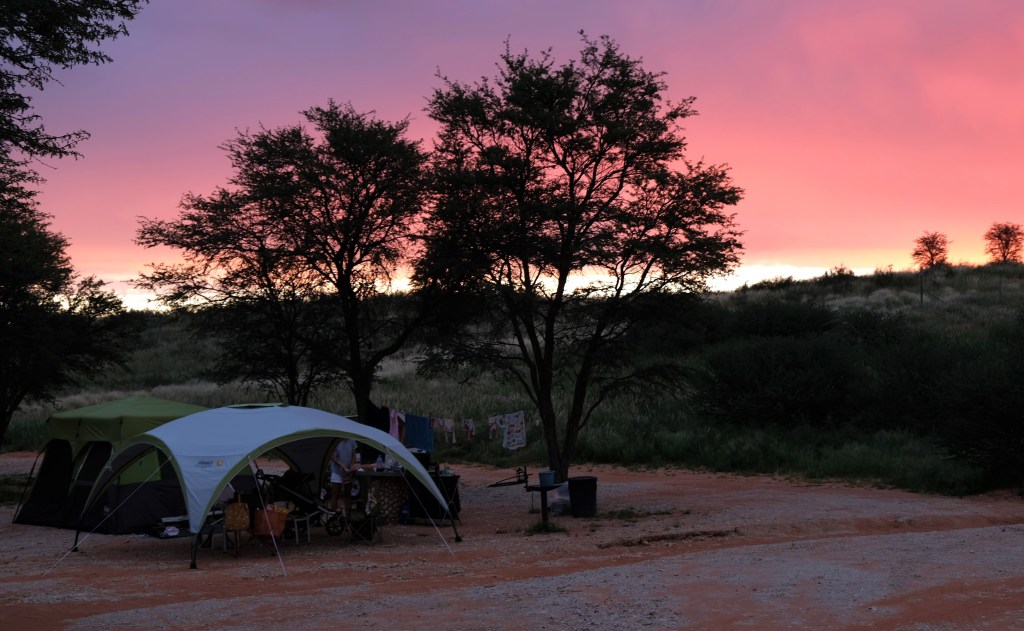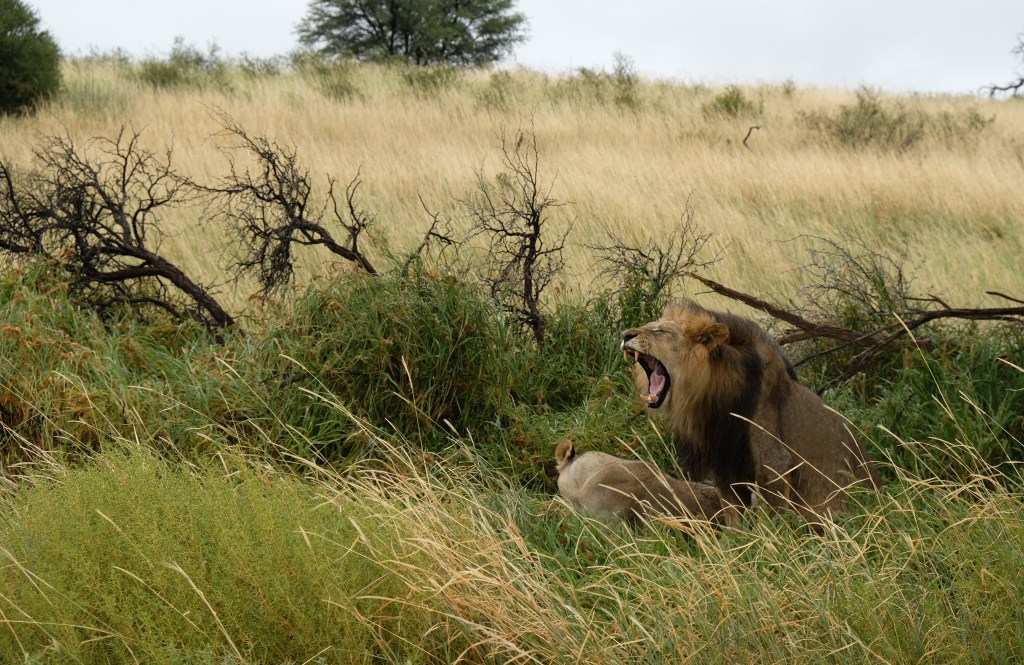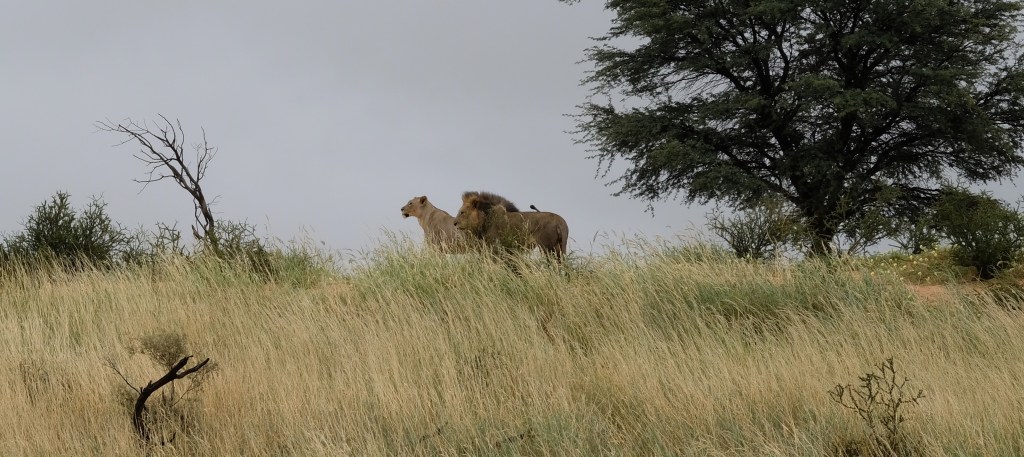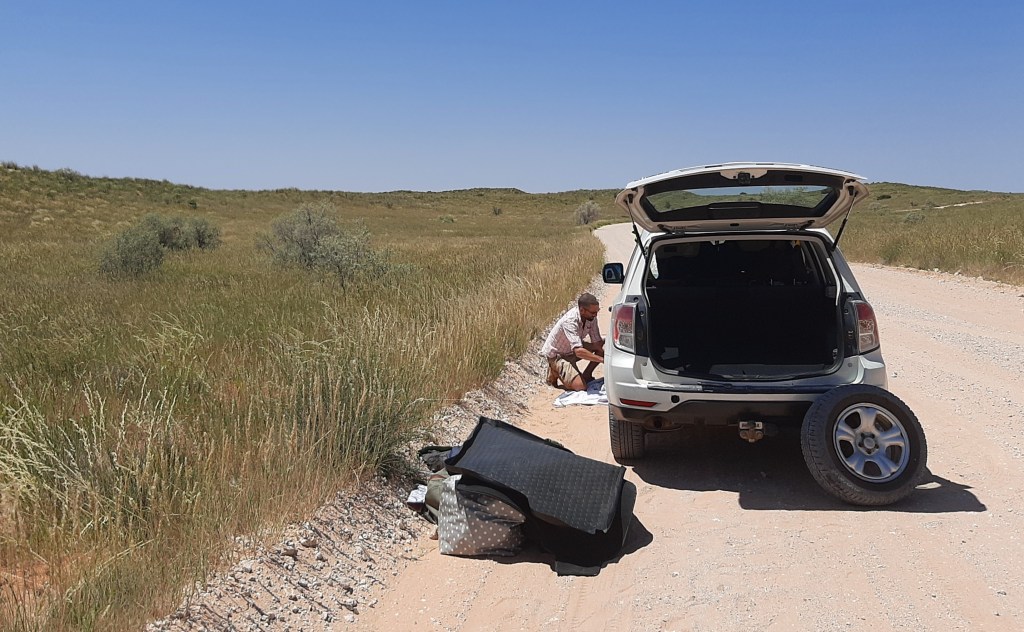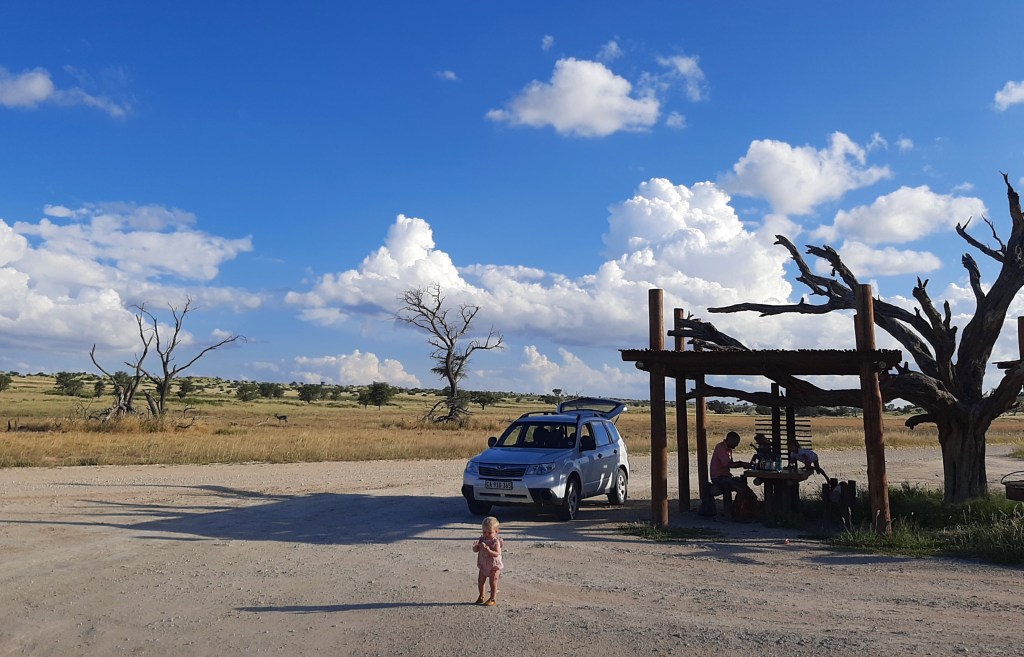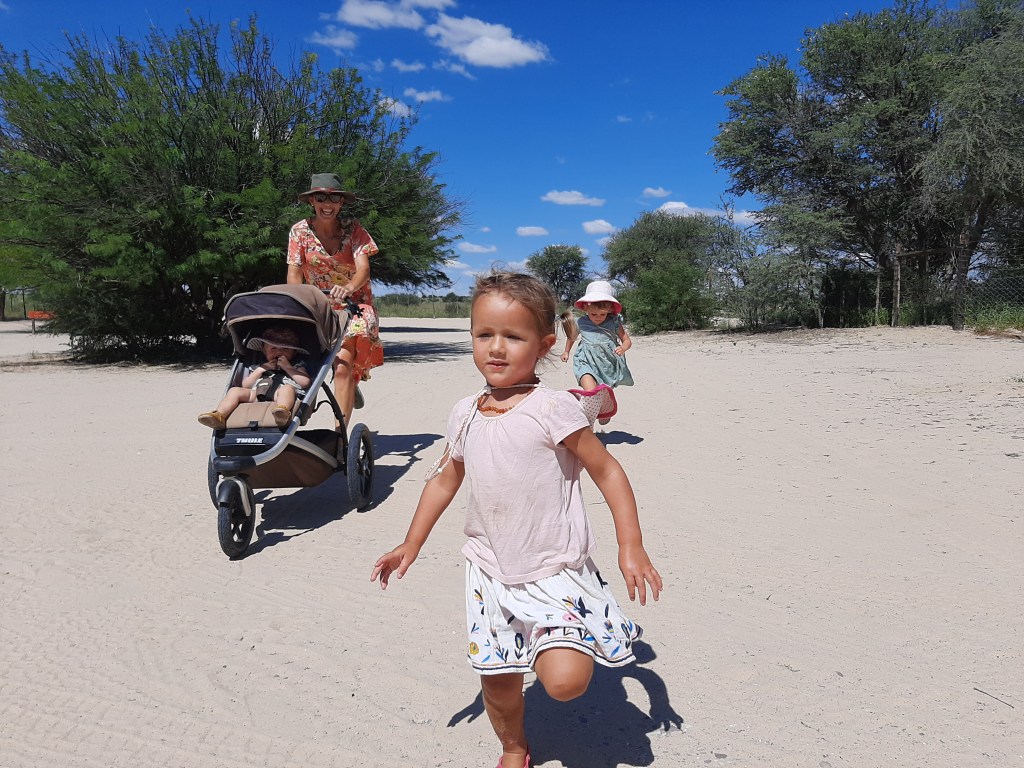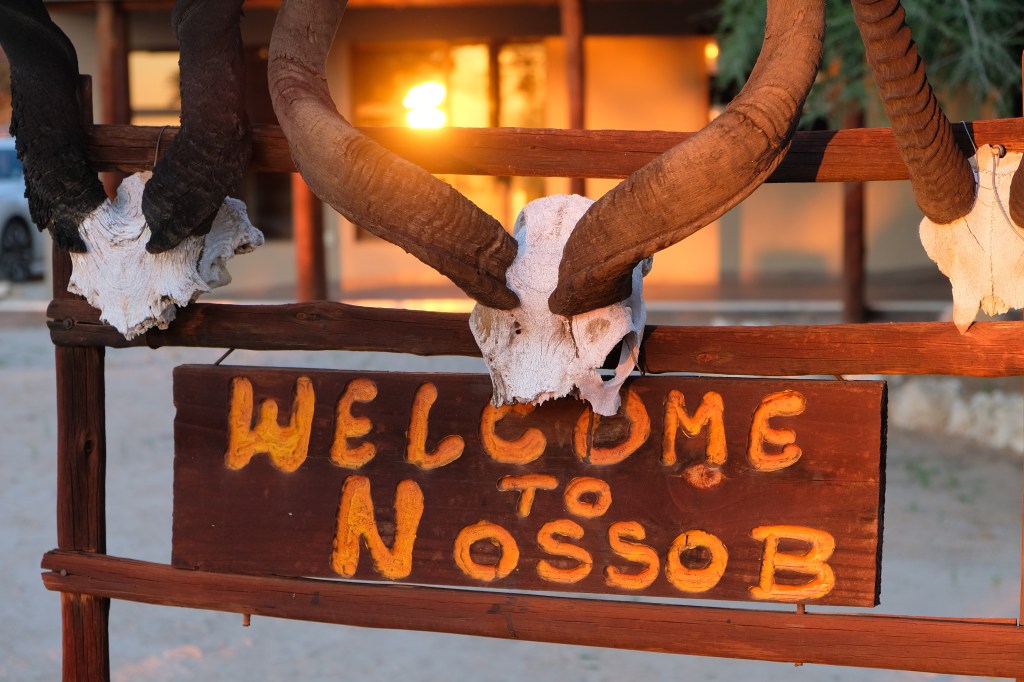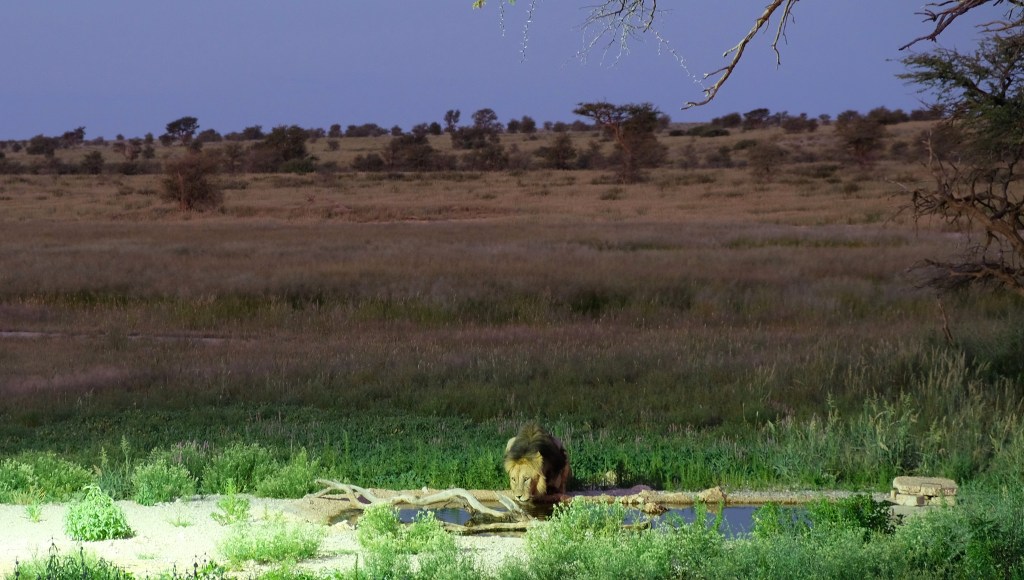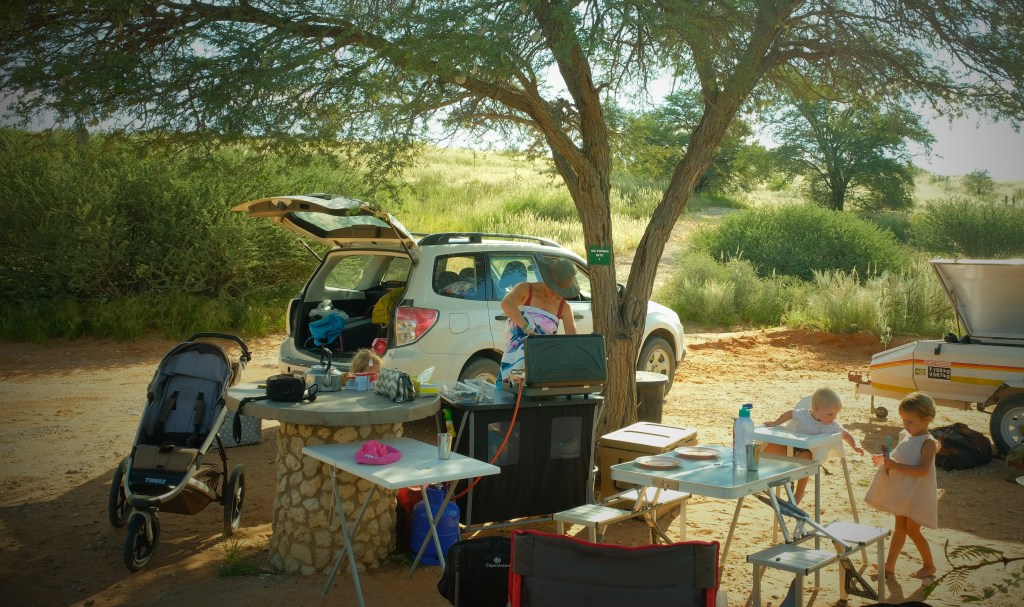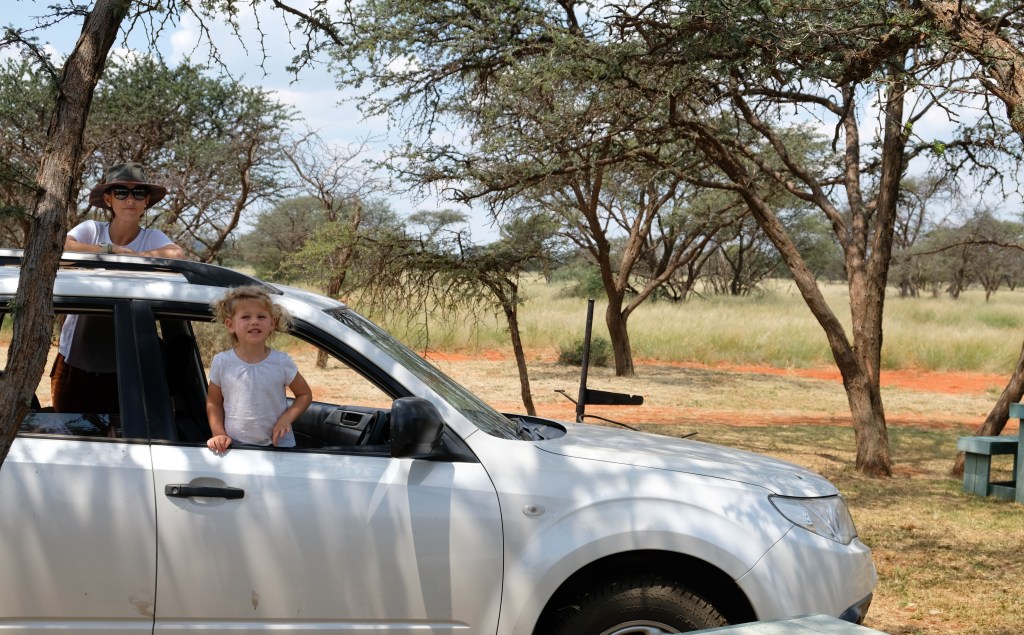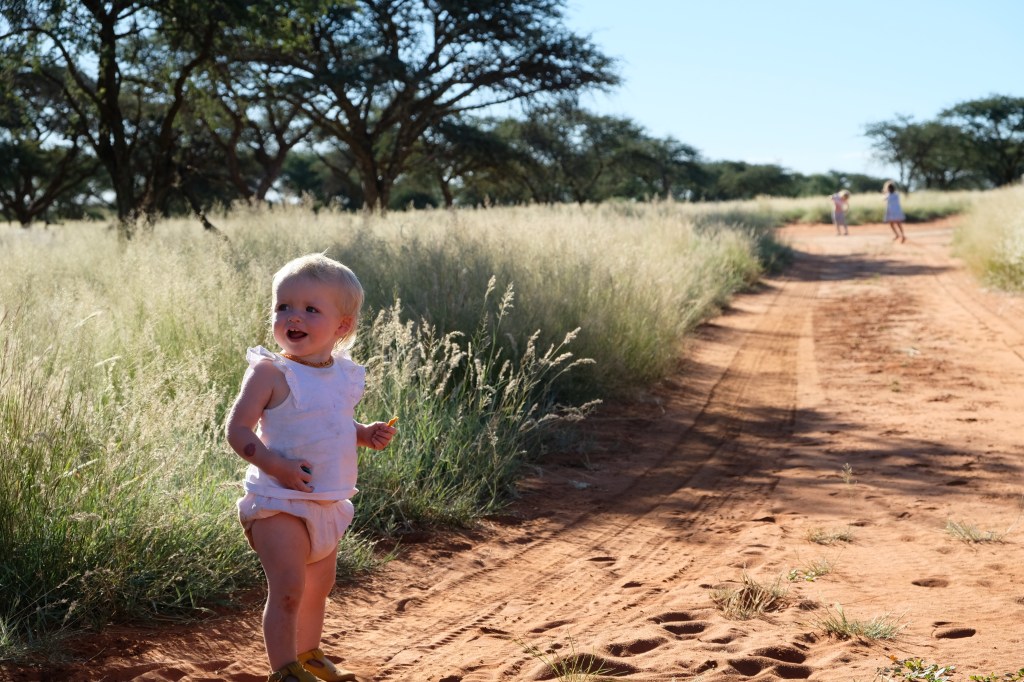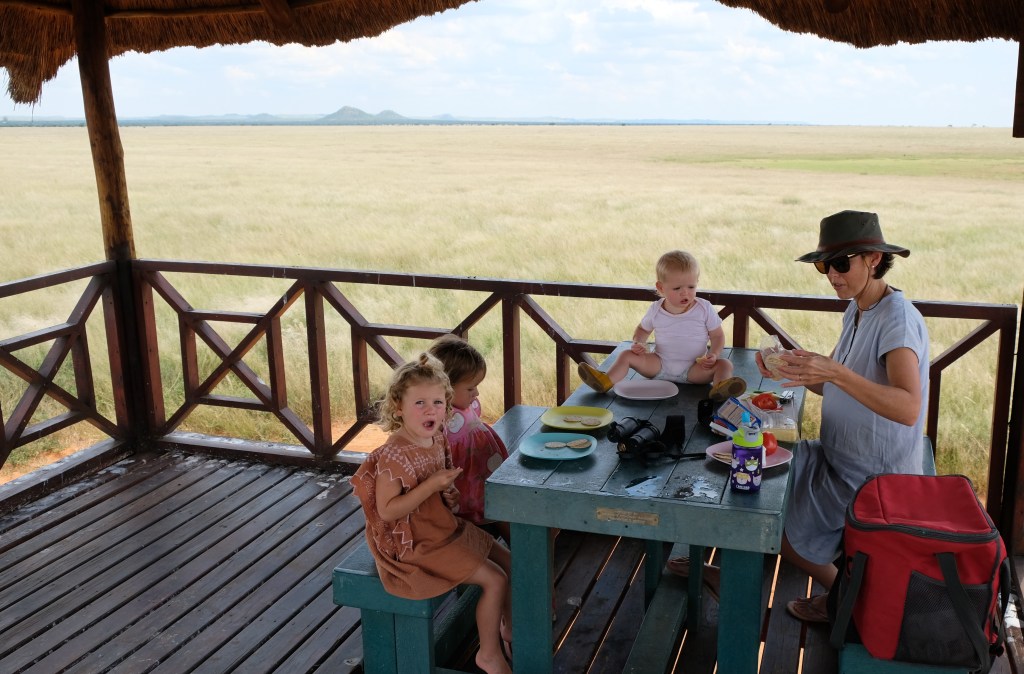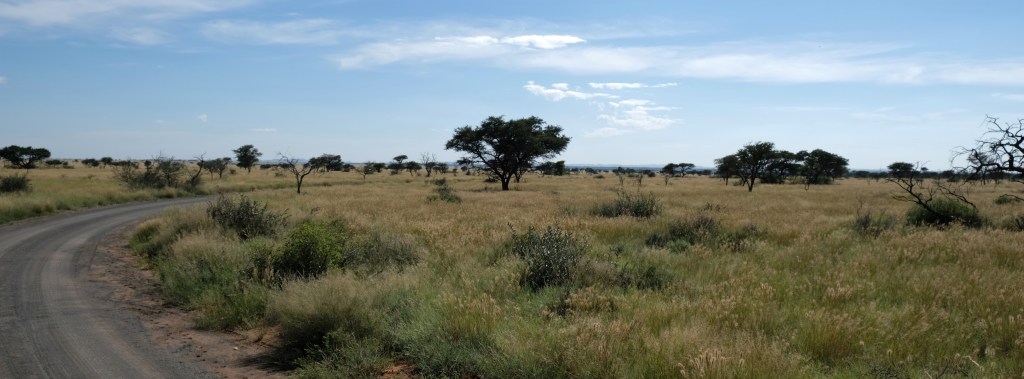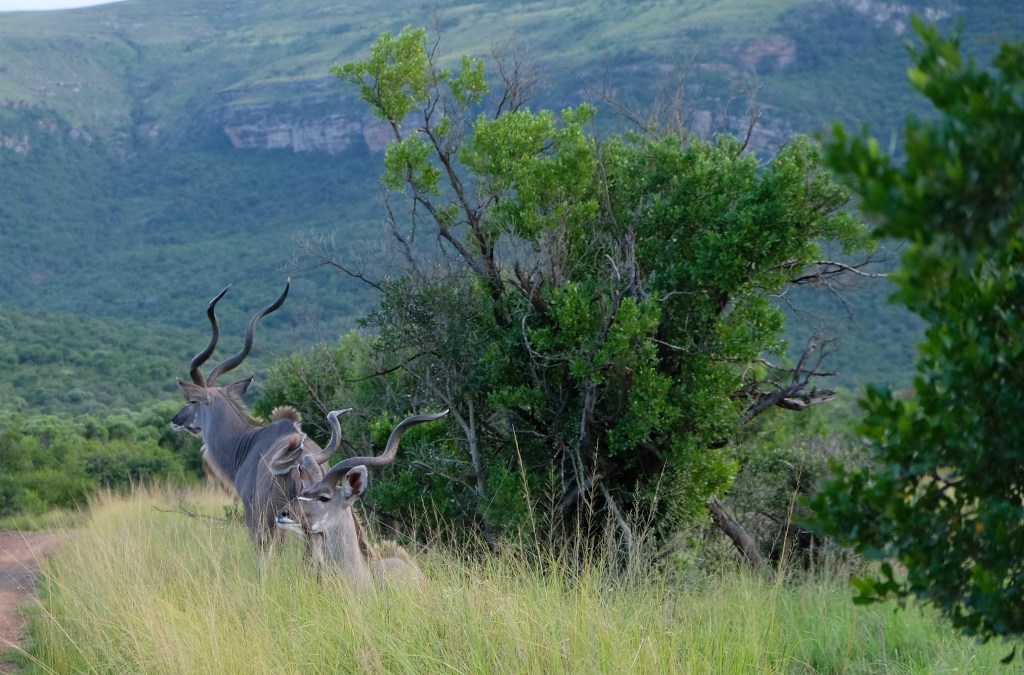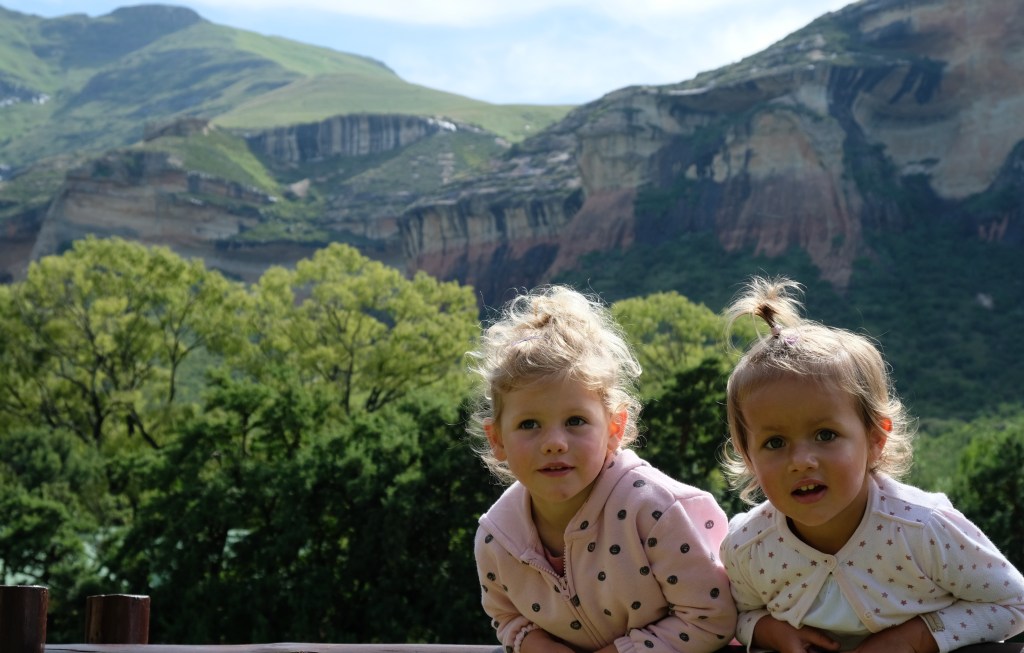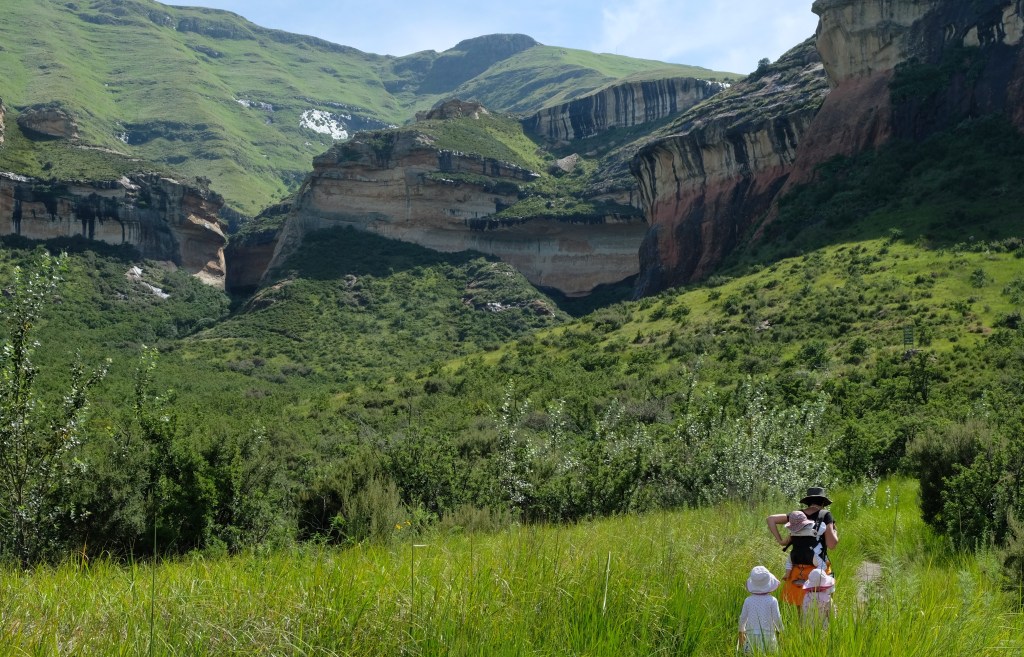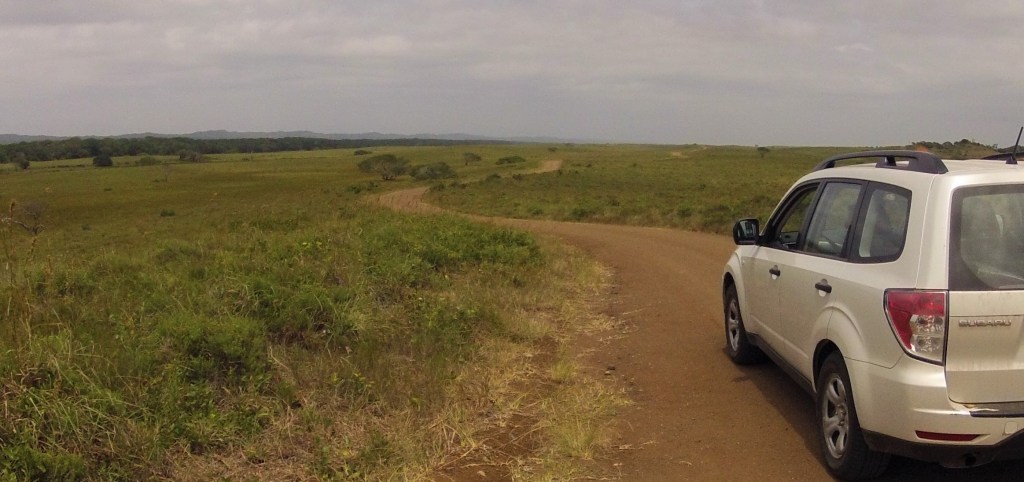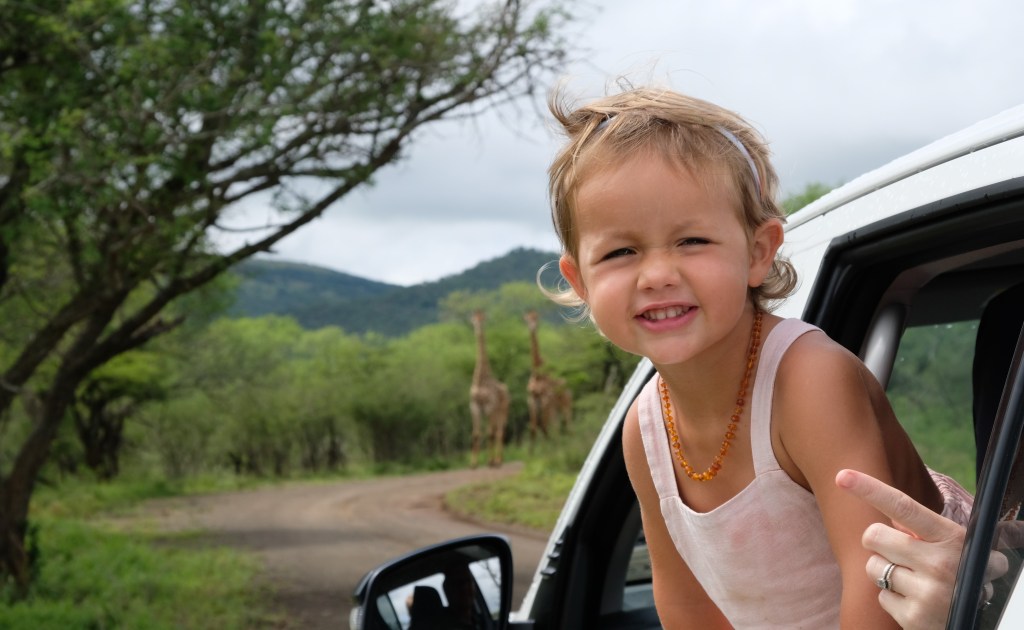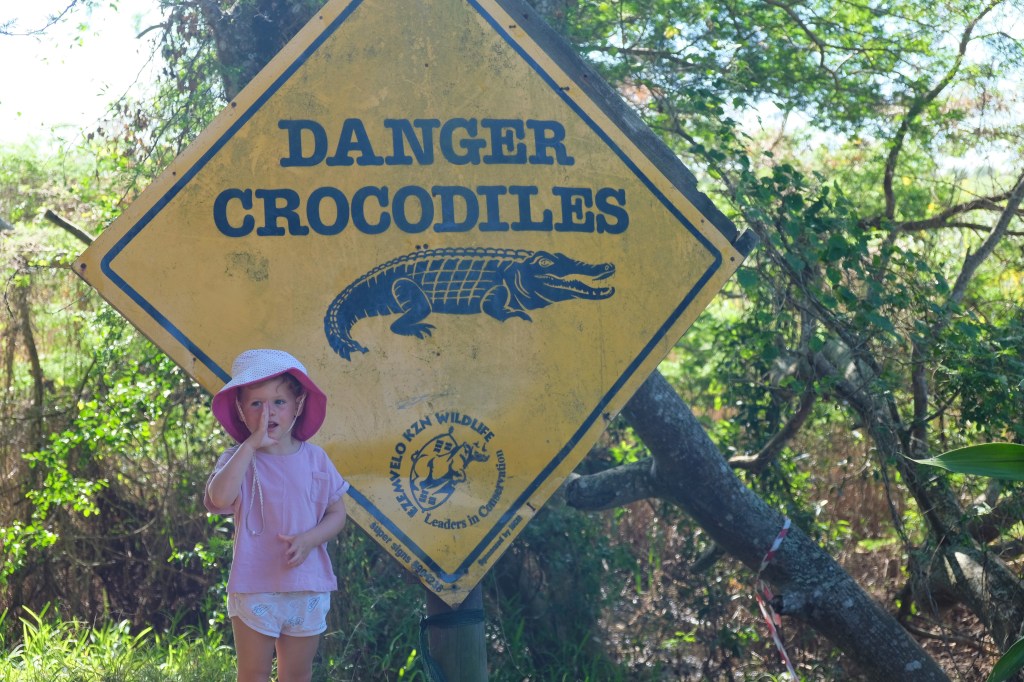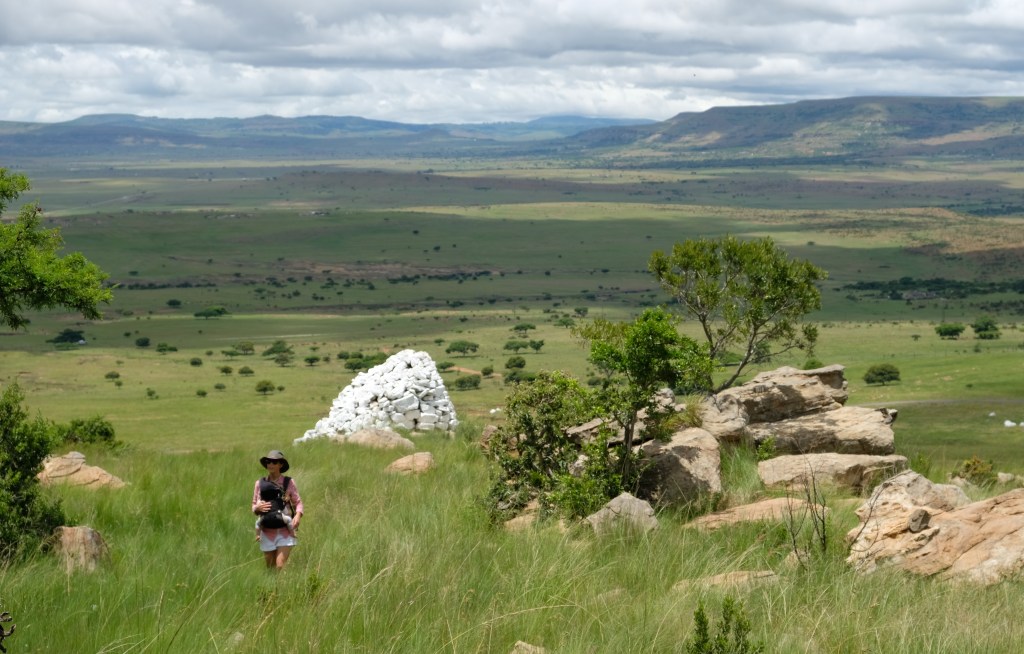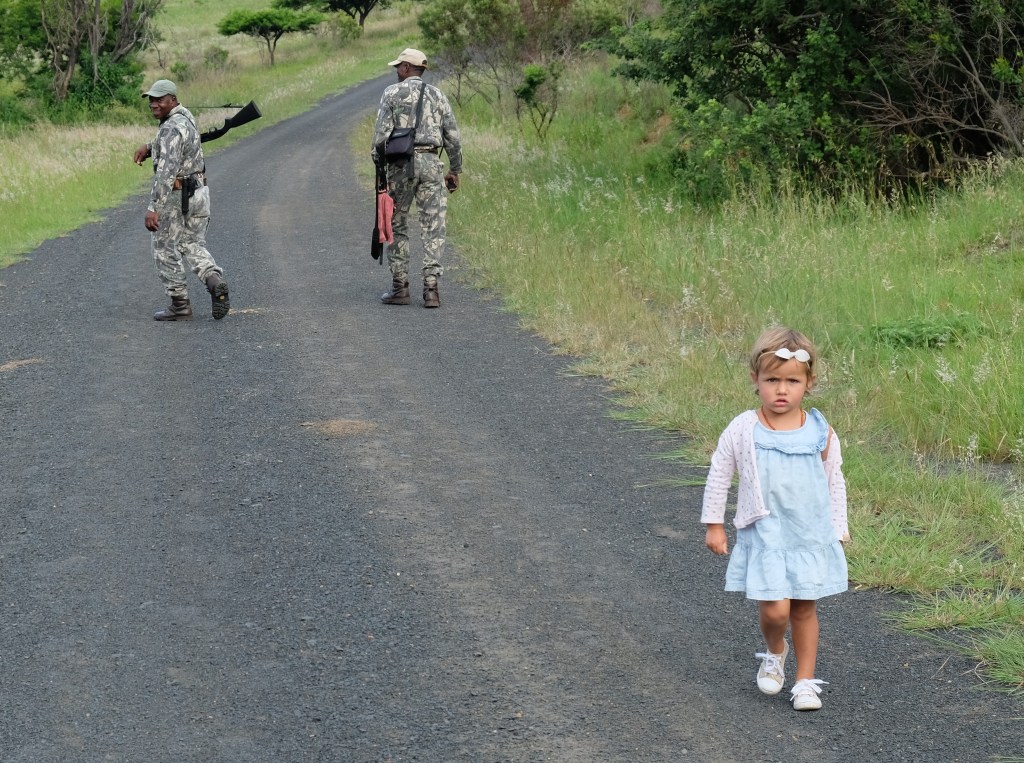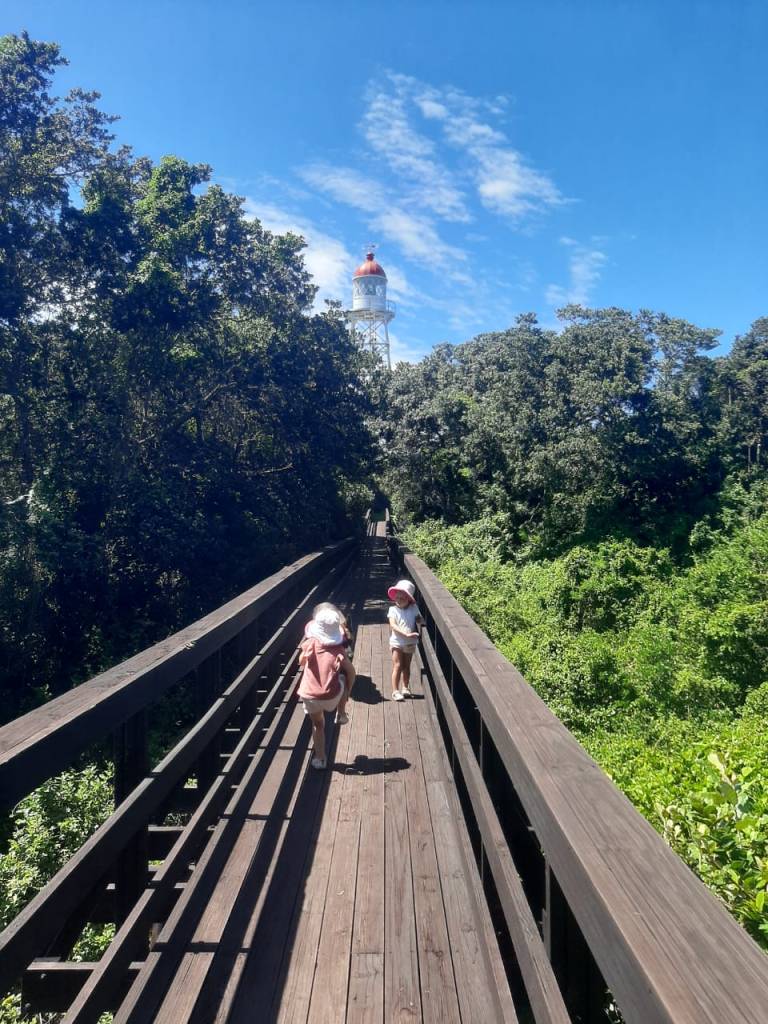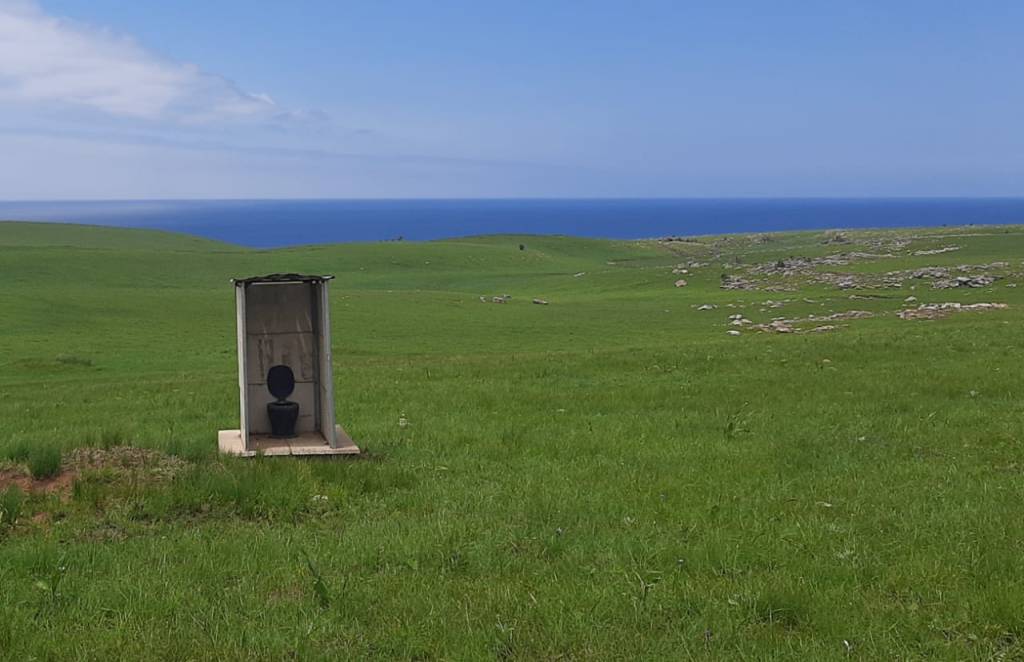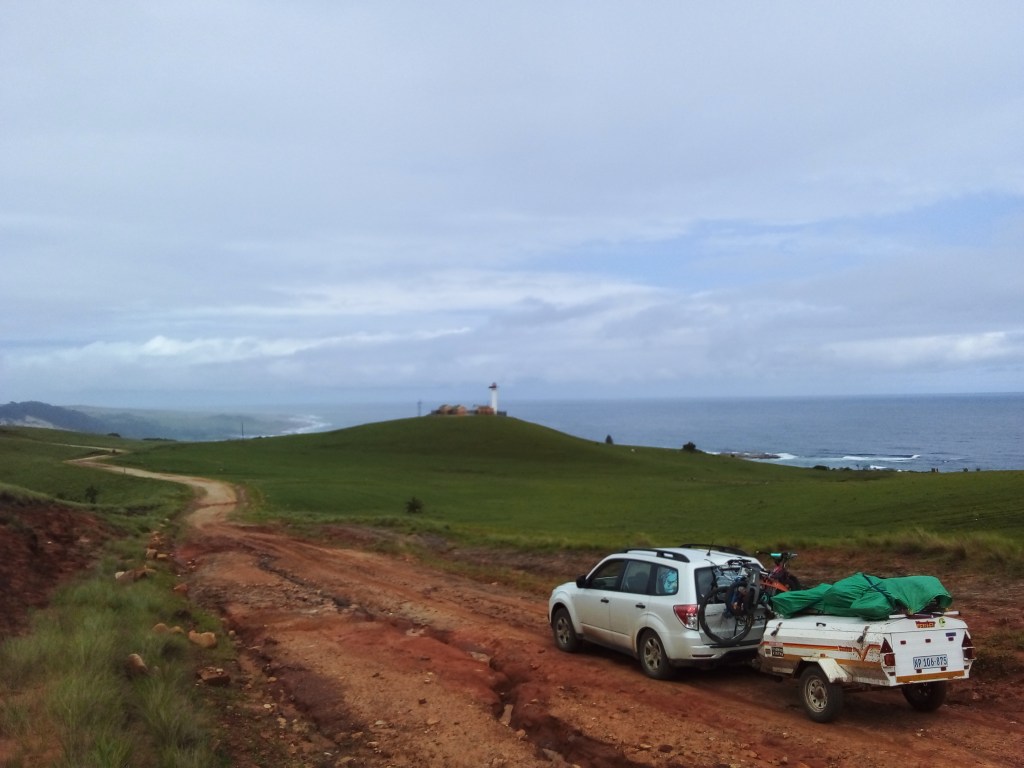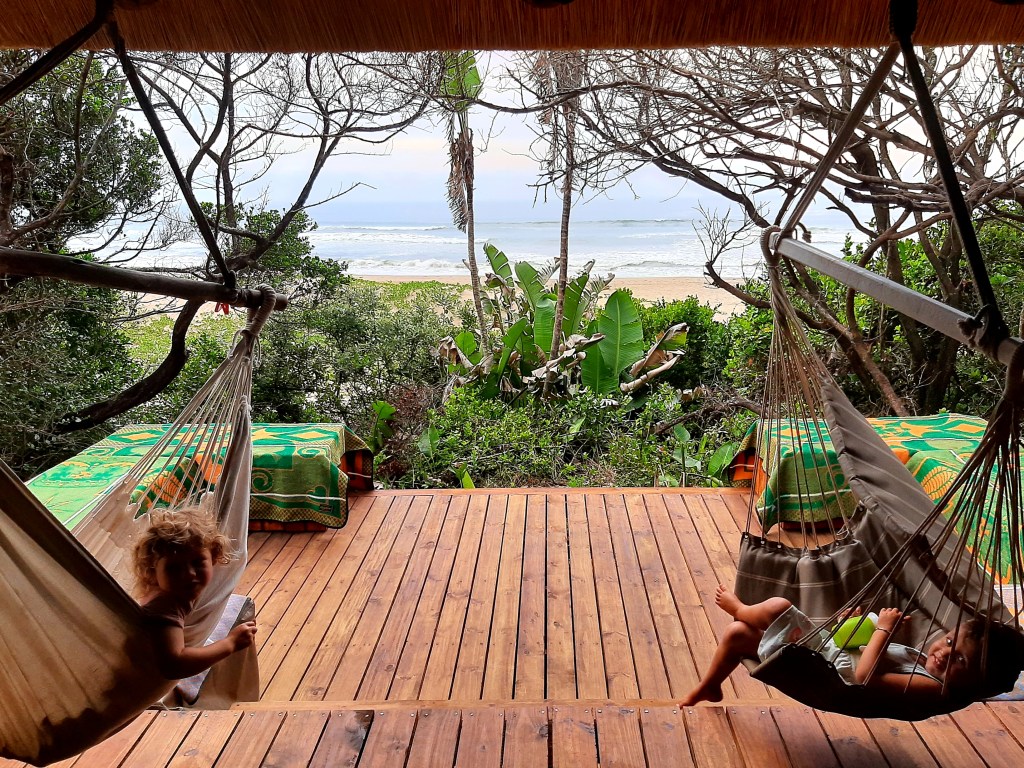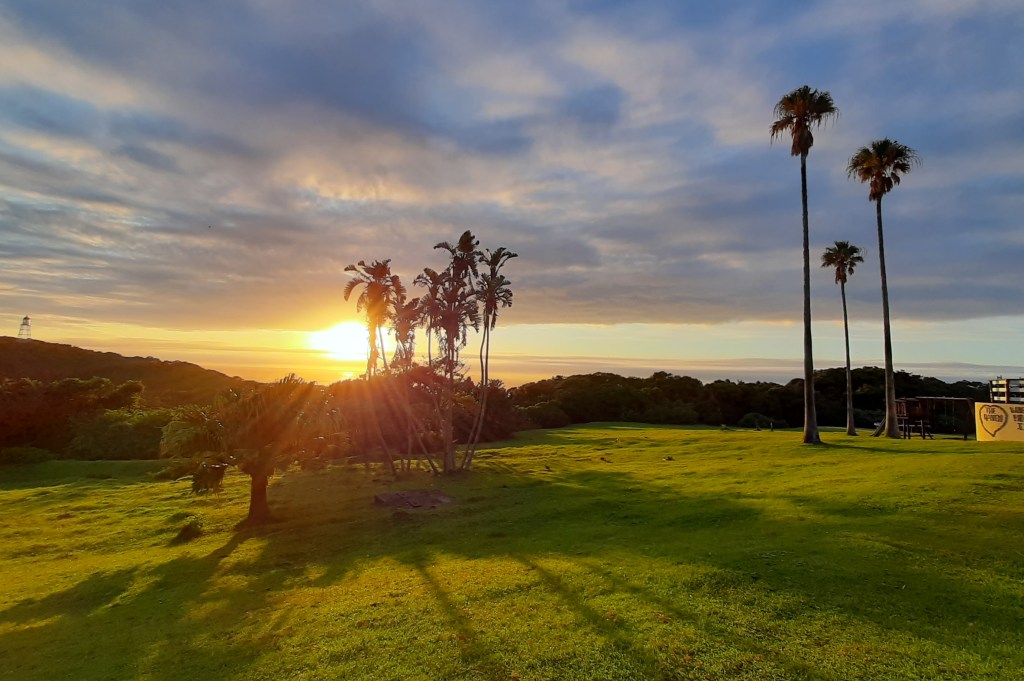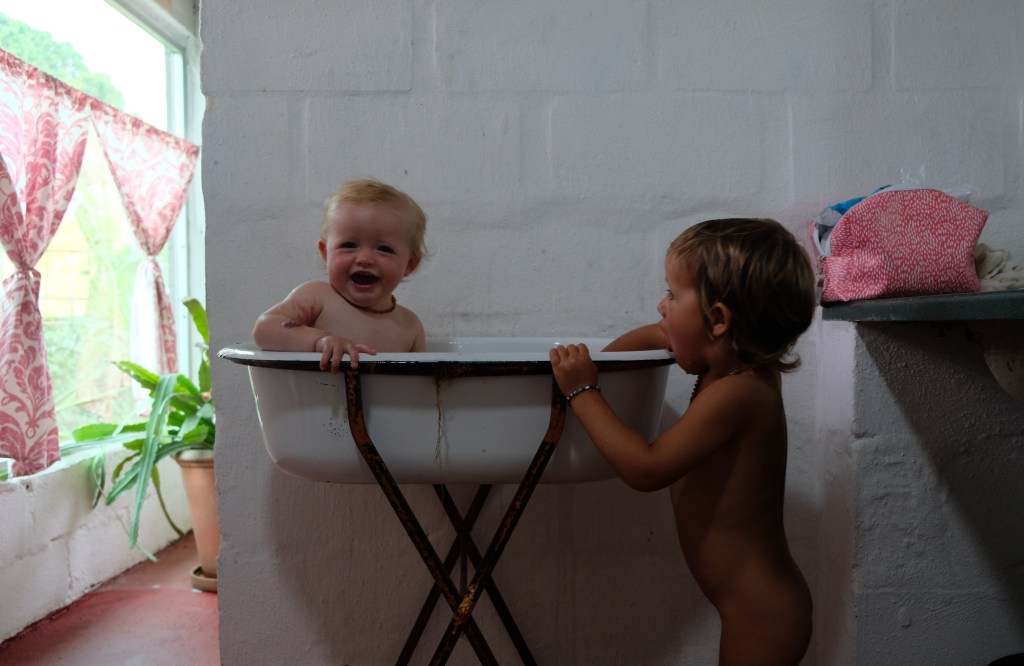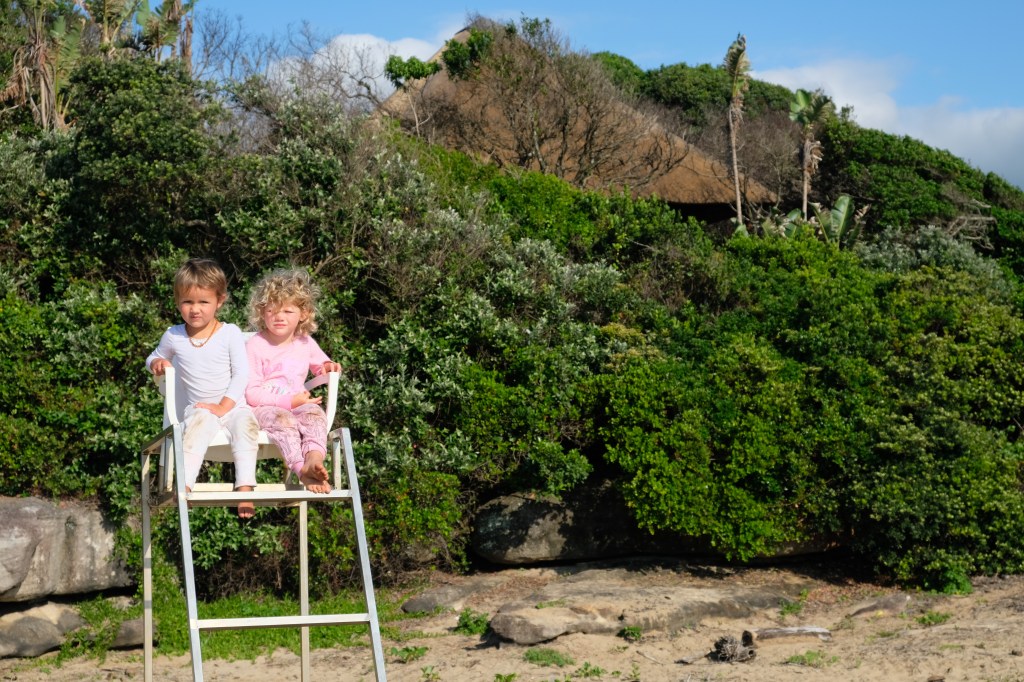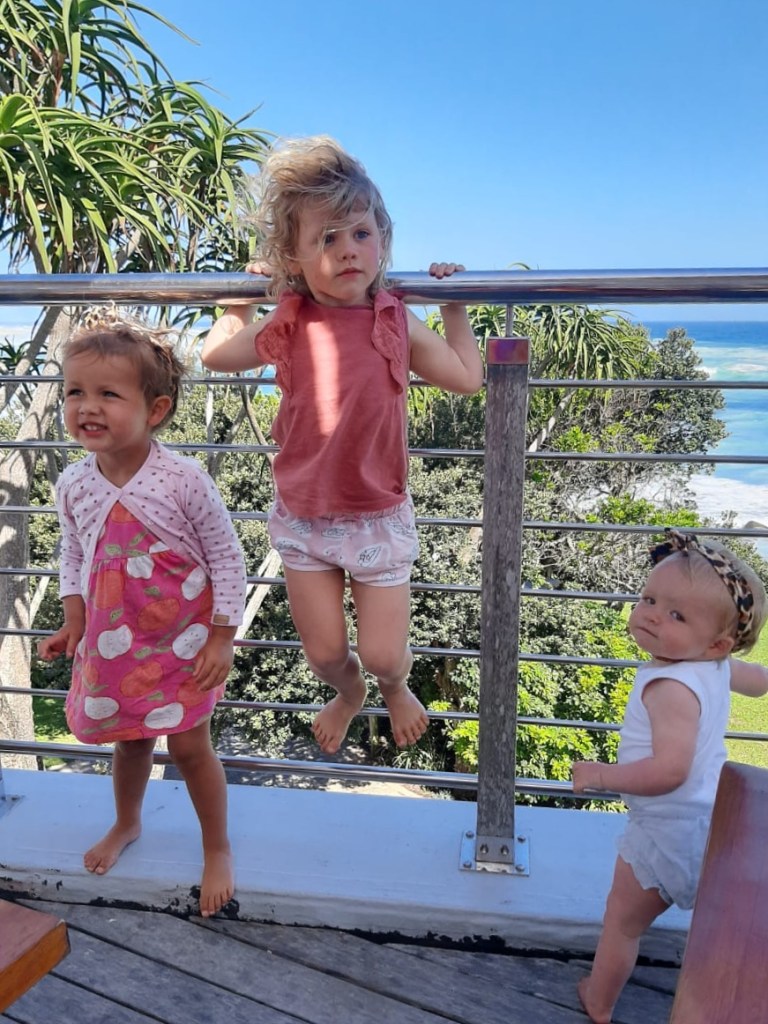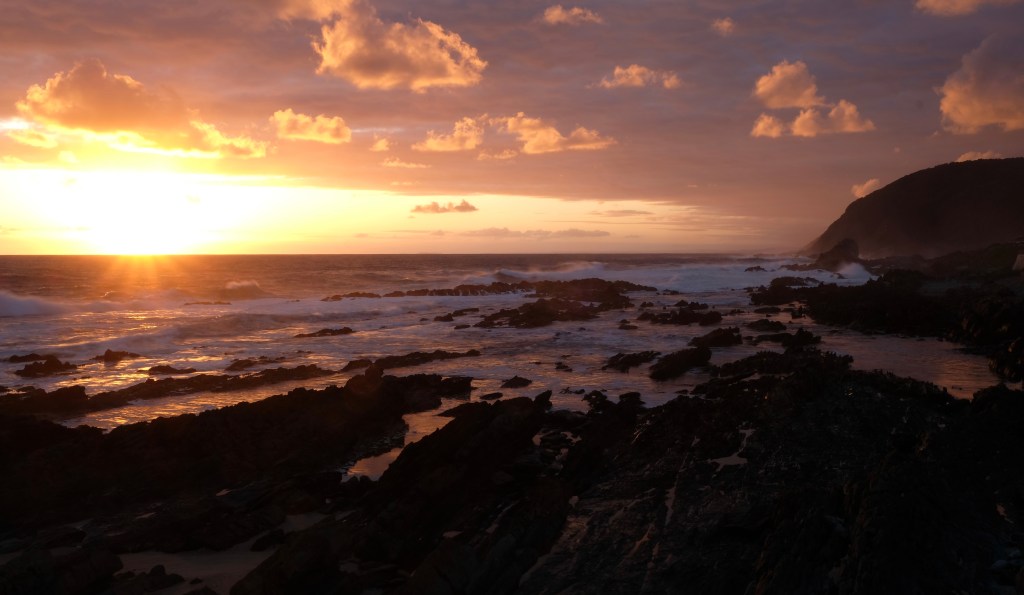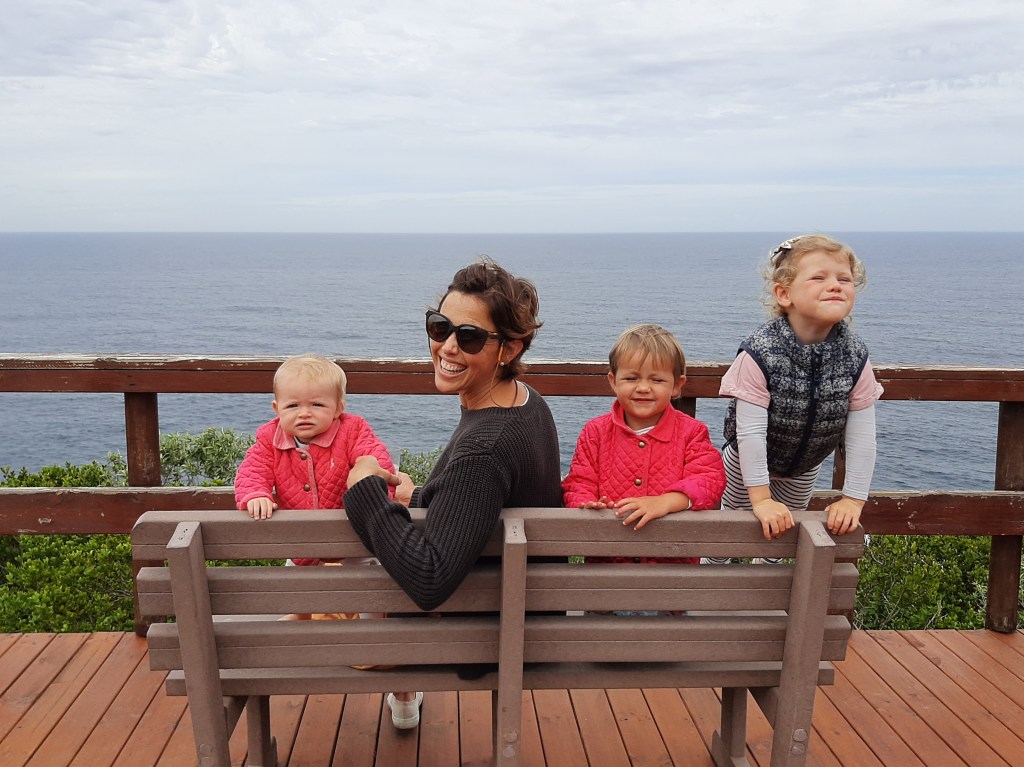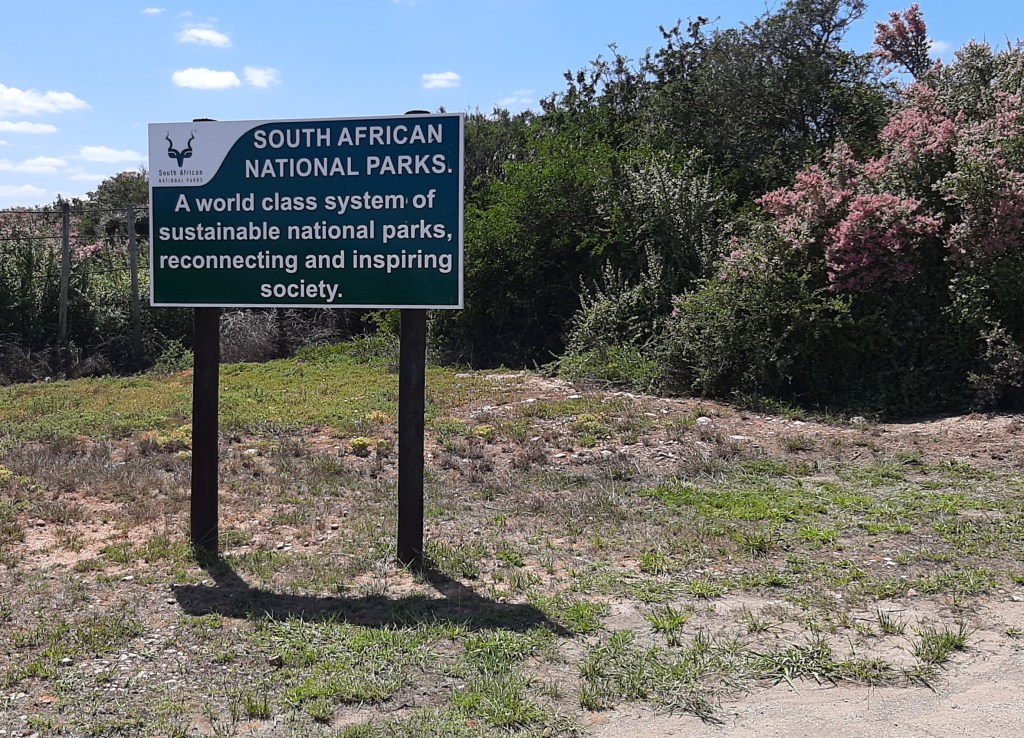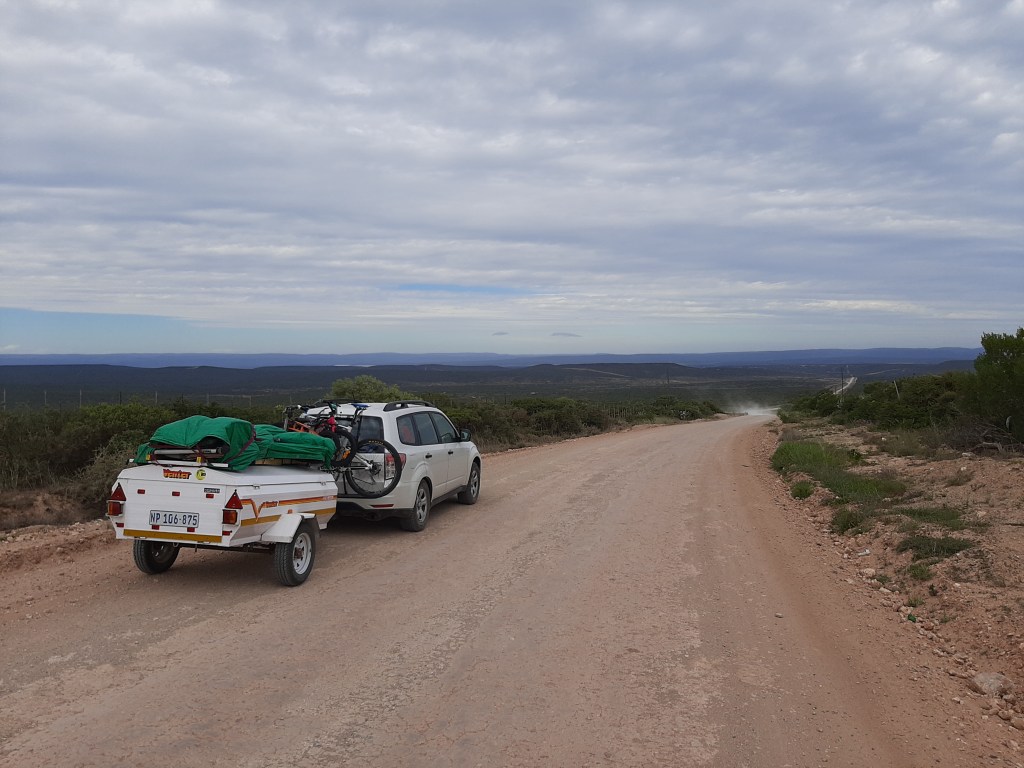After five months, twelve thousand kilometres, one broken tent, one puncture and an awful lot of insect repellent, we’ve spent the past week back-tracking across the country to bring this trip to a close. We have stitched together some of South Africa’s finest sights with some of its most breath-taking driving routes, but it’s probably fair to say that we don’t need to hear any more Julia Donaldson CD audio books for a while.
At the beginning of all this we – and others – held some reservations about the potential safety concerns of a journey of this nature in South Africa and so it is worth a mention here then, that these fears were thankfully not realised. Other than one minor incident of petty theft in Port St Johns, our pathway through this spectacular country has been a smooth one. Indeed, the people we have encountered along the way have seemed to want nothing more than to help us out and to accommodate our boisterous travelling roadshow.
Our young party accounted for the fact that we had to move slowly, stay for a while and not include anything particularly out of the ordinary – all of which allowed us to indulge in a pretty unique southern hemisphere summer. It is unlikely that we will ever again all fall asleep in the same tent and be woken at day break in quite the same manner. And while we remain optimistic, it is hard to imagine that we will ever again enjoy the collective enthusiasm received from our three daughters at the start of each day; be it for a hike, a swim, reading the same book again, setting up camp, packing up camp, or just more colouring. However, the past few months haven’t always gone to plan and certainly there has been some childish bickering along the way (and the kids have had some disagreements too), but by placing ourselves in some less-than-typical situations, we have been served an invaluable lesson in just how creative these youngsters can be.
Of course, the most pleasing element of bringing the curtain down on this chapter is that we can finally provide a satisfactory answer to the most frequently uttered question from the past five months: are we nearly there yet? Yes, we are.

